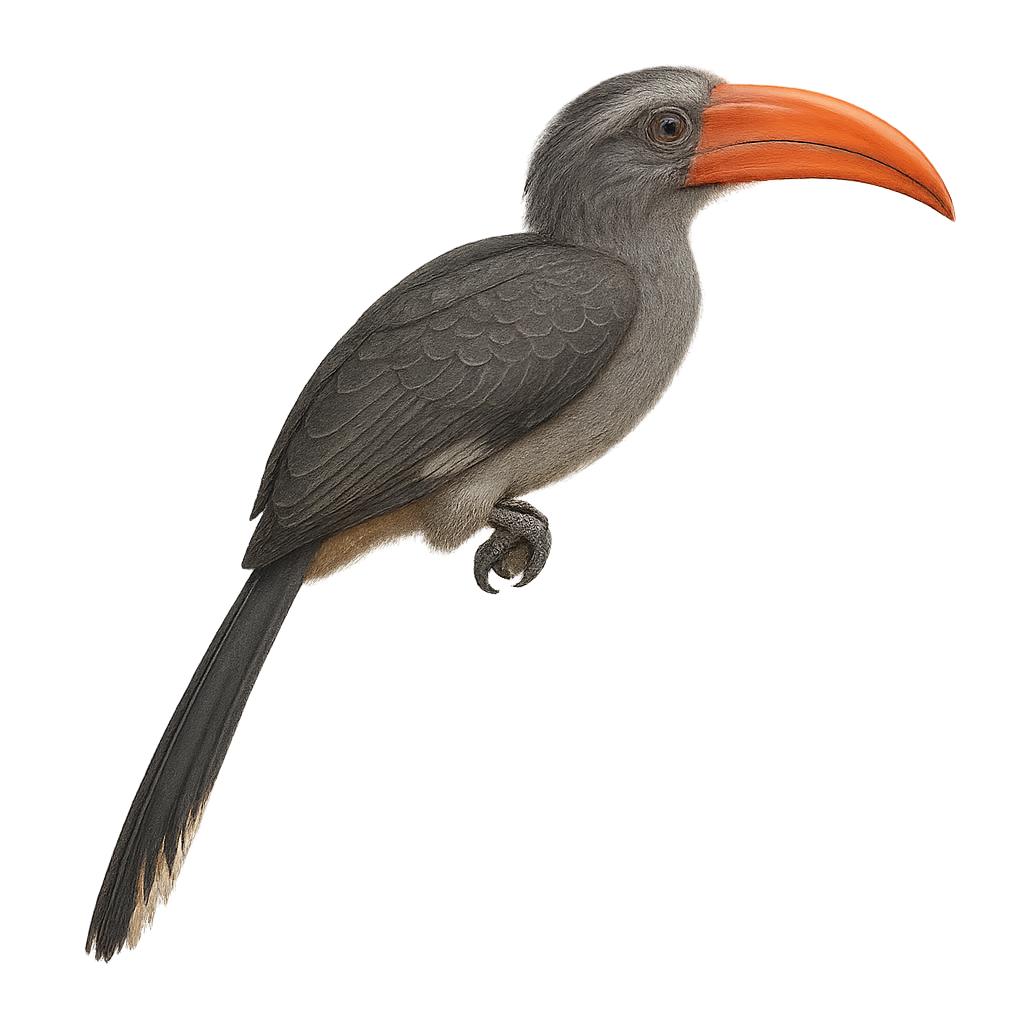Your wildlife photography guide.
Explore the malabar grey hornbill in detail, study its behavior, prepare your shots.
Where to observe and photograph the malabar grey hornbill in the wild
Learn where and when to spot the malabar grey hornbill in the wild, how to identify the species based on distinctive features, and what natural environments it inhabits. The WildlifePhotographer app offers tailored photography tips that reflect the malabar grey hornbill’s behavior, helping you capture better wildlife images. Explore the full species profile for key information including description, habitat, active periods, and approach techniques.
Malabar Grey Hornbill
Scientific name: Ocyceros griseus

IUCN Status: Near Threatened
Family: BUCEROTIDAE
Group: Birds
Sensitivity to human approach: Suspicious
Minimum approach distance: 10 m
Courtship display: February to March
Incubation: 27-30 jours
Hatchings: February to April
Habitat:
Tropical forests, humid forests, wooded areas
Activity period :
Primarily active during the day, with peak activity in the morning and late afternoon.
Identification and description:
The Malabar Grey Hornbill, or Ocyceros griseus, is a captivating bird native to the lush forests of India. It is characterized by its ash-grey plumage and prominent, slightly curved bill, giving it a majestic appearance. This bird measures about 45 to 58 cm in length and weighs between 200 and 400 grams. Primarily frugivorous, it feeds on various fruits but can also consume insects and small vertebrates. The Malabar Grey Hornbill is often seen in pairs or small family groups, moving agilely through the canopy. Although relatively common in its natural habitat, it is threatened by deforestation and habitat loss.
Recommended lens:
400mm – adjust based on distance, desired framing (portrait or habitat), and approach conditions.
Photography tips:
To photograph the Malabar Grey Hornbill, choose sunny mornings when natural light highlights its grey plumage. Use a telephoto lens of at least 400mm to capture precise details without disturbing the bird. Wait in a discreet spot, ideally near fruit trees where it feeds. Be attentive to movements in the canopy and be ready to quickly adjust your focus. Discretion is key to avoid startling this suspicious bird.
From knowledge to field practice
A species profile helps you understand an animal. In the field, the challenge is often different. Remembering your own observations.
The WildlifePhotographer app allows you to:
• record your personal observations
• note locations, dates, and behaviors
• revisit your field references over time
• build a private and long-term field logbook
The app does not provide observation locations.
It helps you organize what you actually observe, with respect for wildlife.

